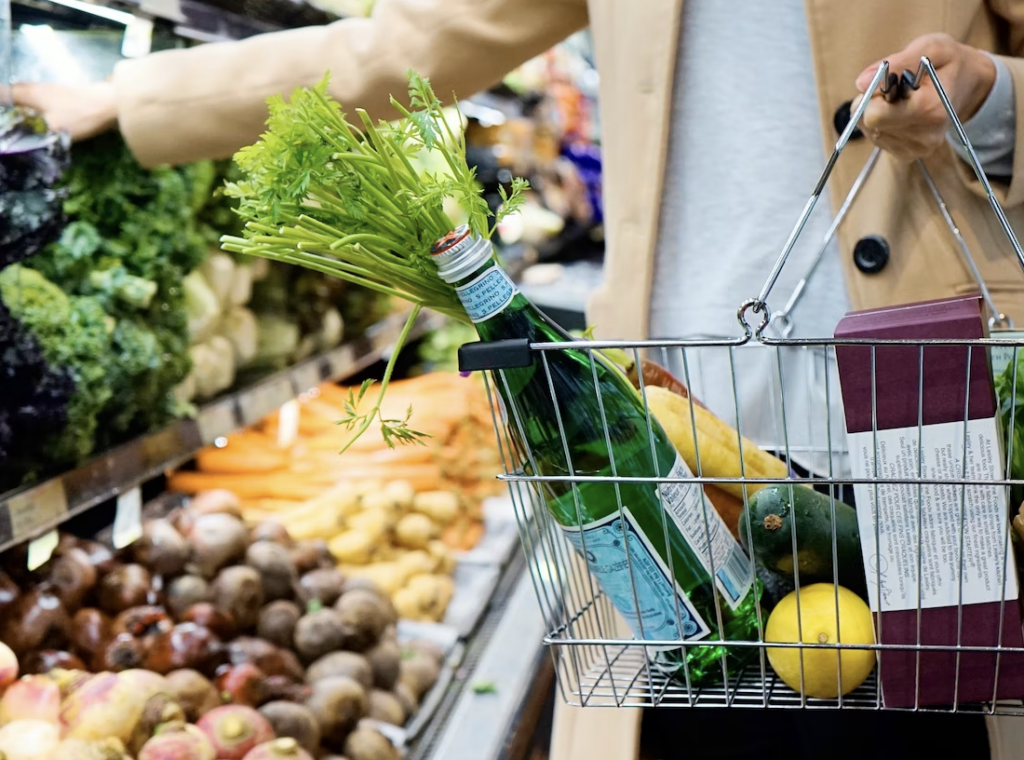The Best Savings Strategies To Use When Buying Groceries
Some of the best tips to save on groceries include downloading your store's smartphone app to clip coupons, taking note of what you already have in your pantry and what you need ahead of time, and sticking to a budget to prevent impulse purchases.
This article is more than 2 years old

With the cost of groceries skyrocketing and seemingly no end in sight, it is vital to find good savings strategies. The good news is there are some proven tips and tricks to help you save during your next trip to the grocery store. Keep reading to figure out how to keep more “green” in your wallet.
Start by downloading some apps. And, no, we don’t mean games. Most grocers have apps now, many of which feature rotating sales and coupons.
Take a few moments before shopping to log in and “clip” electronic coupons for everyday groceries. Alternatively, you can download one of the many coupon apps out there. Most have easily scannable codes, making physical coupons a thing of the past.
Next, The Pioneer Woman recommends doing a quick pantry sweep. You want to take note of what is already there to avoid unnecessarily doubling up on groceries. Go ahead and make an initial shopping list at this point.
Another one of the great savings strategies is to consider meal planning. This practice reduces excess food waste and helps save money in the long run. It is even more successful if you find multiple ways to use up that tasty fresh basil in season.
But it’s still not time to head to the store. Make sure a solid budget is in place before you hit the aisles. Granted, this step is slightly challenging with the recent rapid and drastic price fluctuations.
It helps to acknowledge that we all like to buy splurge items. Give yourself a buffer when building your budget. That way, you do away with the guilt and prevent sticker shock at the register.
Now it’s finally time to shop for your groceries. But there are some tricks here too. The most important thing is to shop the perimeter of the store.
The fresh, whole food is typically on the perimeter rather than in the aisles. Sure, on the surface, that $1 box of mac and cheese sounds tasty and cheap. But it won’t go far and ultimately won’t nourish or sustain you the way whole foods will.
And if (and when) you do venture into the aisles, don’t just look at the price. Product manufacturers do a great job of making something look like a screaming deal. There is an easy way to avoid that trap, though.
One of the best savings strategies is to shop by unit price. Doing so will ensure you get the absolute best bang for your buck. Additionally, opt for generic or store-brand groceries while you are in the aisles.
Store brands are actually a great option. Most store brands get produced by big-name companies. So you won’t be skimping on quality.
Also, take advantage of deep sales, two-for-one deals, and clearance racks. You can find some killer deals with clearance labels on them. Just keep your eyes peeled.
And finally, consider joining a warehouse or wholesale store. Everyone jokes about large packs of toilet paper. But the reality is that they all carry high-quality non-perishables.
You can stock up on dry goods for months at a time, all at a fraction of the cost. The best news is that there are plenty of other savings strategies. It just takes a little pre-planning, research, and ingenuity.



